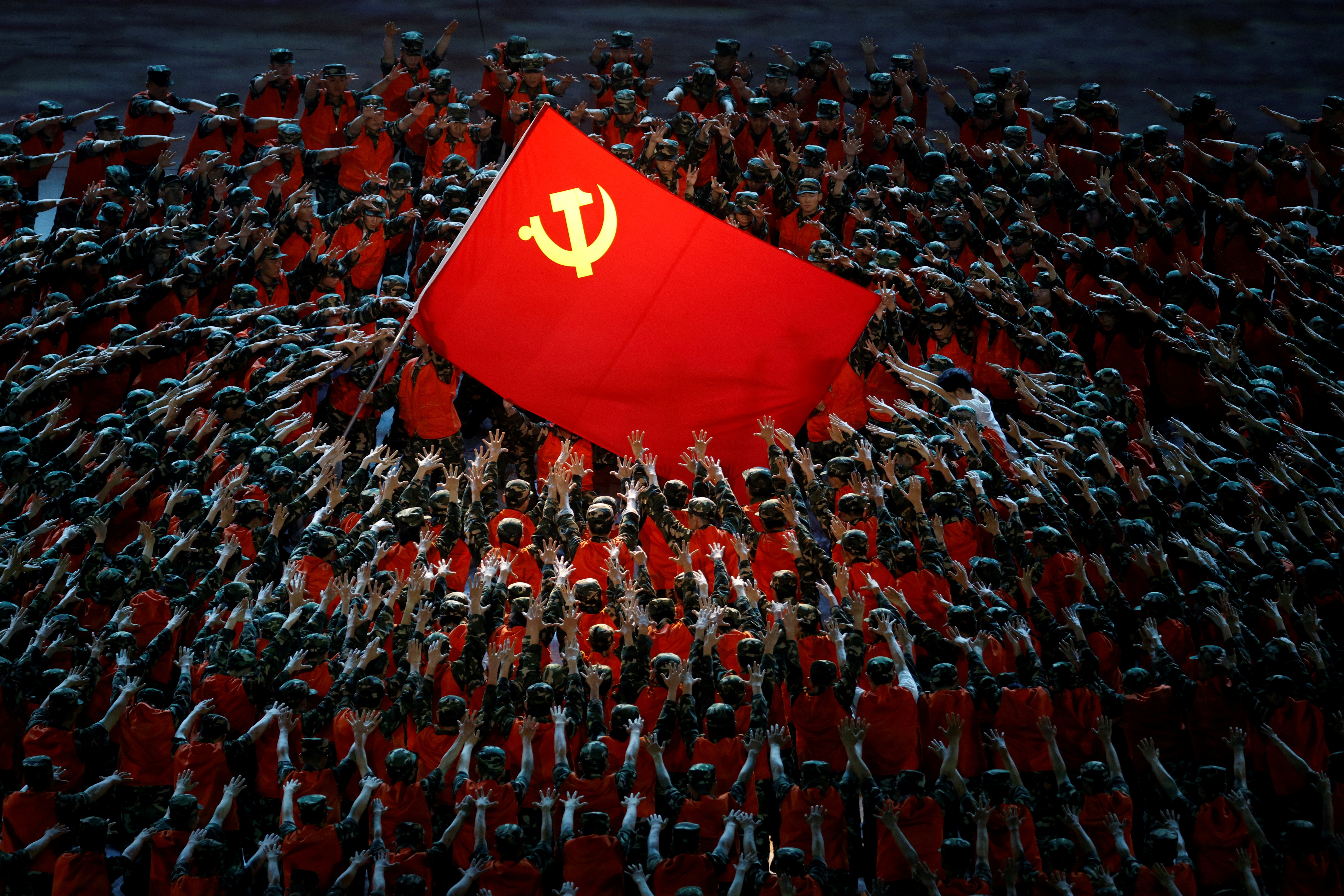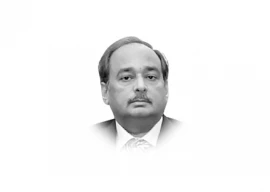
Since opening up in the late 1970s, China has embarked on a spree of economic reforms. Despite becoming the world’s second-largest economy and the largest trading nation and exporter, China’s keenness for reforms remains as strong as ever. The latest reiteration to enhance the country’s economic system was made at the annual meeting of the Central Committee of the Communist Party of China (CPC) last July.
Comprising some 200 members, the Central Committee of the CPC is arguably the most powerful forum in China. It elects the top leadership of the CPC, including the general secretary, every five years and makes strategic decisions about the political and economic governance of the country. Therefore, the annual meetings of the Central Committee draw more interest and attention both at home and abroad than any other forum, including sessions of the People’s National Congress (NPC), China’s legislature.
In its July meeting, the CPC Central Committee set both long-term and medium-term economic targets and provided a broad roadmap to achieve them. The key decision made was that by 2035, China will establish “a high-standard socialist market economy in all respects.” To achieve that target, China needs to grow about 5% annually for the next five years. The country, as per the resolution adopted at the meeting, should switch to a new growth model to achieve this strategic target. The envisaged model involves giving greater room to both the private sector and local governments, alongside innovation-driven development.
After the CPC proclaimed the People’s Republic of China (PRC) in 1949, it implemented a socialist economy characterised by public ownership of the means of production. Despite fluctuations, this socialist economy continued until the death of China’s paramount leader, Mao Zedong, in 1976.
The new leadership, with Deng Xiaoping at the helm, decided to open China to both the private sector and foreign companies. However, the state continued to plan and control the intended economic outcomes concerning both efficiency and equity, and the CPC retained total control of the government. This new arrangement was called Socialism with Chinese Characteristics or Market Socialism, blending market mechanisms with central planning.
Market socialism set China on an upward growth trajectory. Multinational enterprises (MNEs) flocked to the country to capitalise on its massive market and a large, cheap, and disciplined workforce. Deng’s successors continued his policies, transforming China into an economic powerhouse. The economy expanded from $191 billion in 1980 to $18 trillion in 2023, and per capita income rose from $195 to $12,614 during this period. Not only that, over 800 million people were lifted out of extreme poverty, making China the first nation to eradicate this issue in 2020.
As wages rise and the share of elderly people (65 and above) in the total population increases (currently above 14% and projected to rise to 25% by 2050), labour-intensive development is no longer China’s competitive advantage. Aware of the changing demographics and the importance of innovation and high technology as twin engines of advancement, the current leadership is focusing on high-quality development by building a capital-intensive and technology-driven economy. The Central Committee resolution seeks to consolidate this new economic paradigm, named Socialism with Chinese Characteristics for a New Era.
China’s economic miracle over the last four decades holds several lessons for countries like Pakistan. We value our relationship with China, but regrettably, we have learned little from our ‘Iron Brothers.’
The first lesson is that for a developing economy, high economic growth should be the top priority. High economic growth requires real sector investment (both domestic and foreign), which predicates socio-political stability, long-term workable plans, and security. When no one is sure how long the government will stay in office or how long current policies will remain in force; when it is unclear who really calls the shots; when sit-ins (dharnas) become the norm, blocking roads and highways for days; when the media thrives on sensationalism and politics trumps the economy; when everyone wants a larger share of the pie without letting it grow, investment and thus, growth are hard to come by. Not surprisingly, Pakistan continues to have one of the lowest investment-to-GDP ratios in the world, stuck around 14% in recent years, and remains one of the slowest-growing economies.
Growth should not only be high but also sustained. Pakistan has repeatedly seen periods of robust growth followed by economic stagnation due to unsustainable fiscal and current account deficits. Whenever the growth rate surpasses 5%, it becomes unsustainable, and the government is compelled to adopt growth-compression measures. This is because high growth is based on fantasy economics—believing we can consume more than we produce, or are capable of producing in the future, and that the government should be content with plugging small expenditure and tax breaches while ignoring significant black holes—rather than strong fundamentals like high savings and investment.
No country, developed or developing, has steadily progressed with a hands-off approach by the government. Unless regulated by the visible hand of the state, the invisible hand of the market leads to disaster: manufacturing substandard or unwanted goods in bulk, cartel formations driving up prices, unchecked environmental pollution, and shortages of public and essential goods. As China’s example shows, only a well-regulated economy can be efficient. The critical question is whose interests the regulations serve: the people, who should be the ultimate beneficiaries of development, or big businesses and other powerful players eager to grab their share. The government should be watchful, fair, and efficient, driven by the twin principles of merit and the right person for the right job.
THE WRITER IS AN ISLAMABAD-BASED COLUMNIST
























COMMENTS
Comments are moderated and generally will be posted if they are on-topic and not abusive.
For more information, please see our Comments FAQ